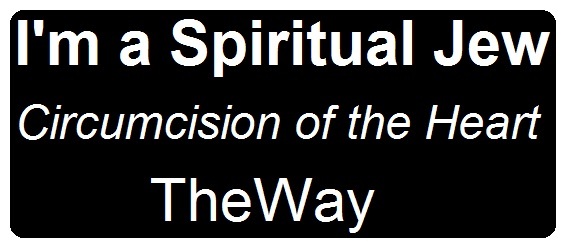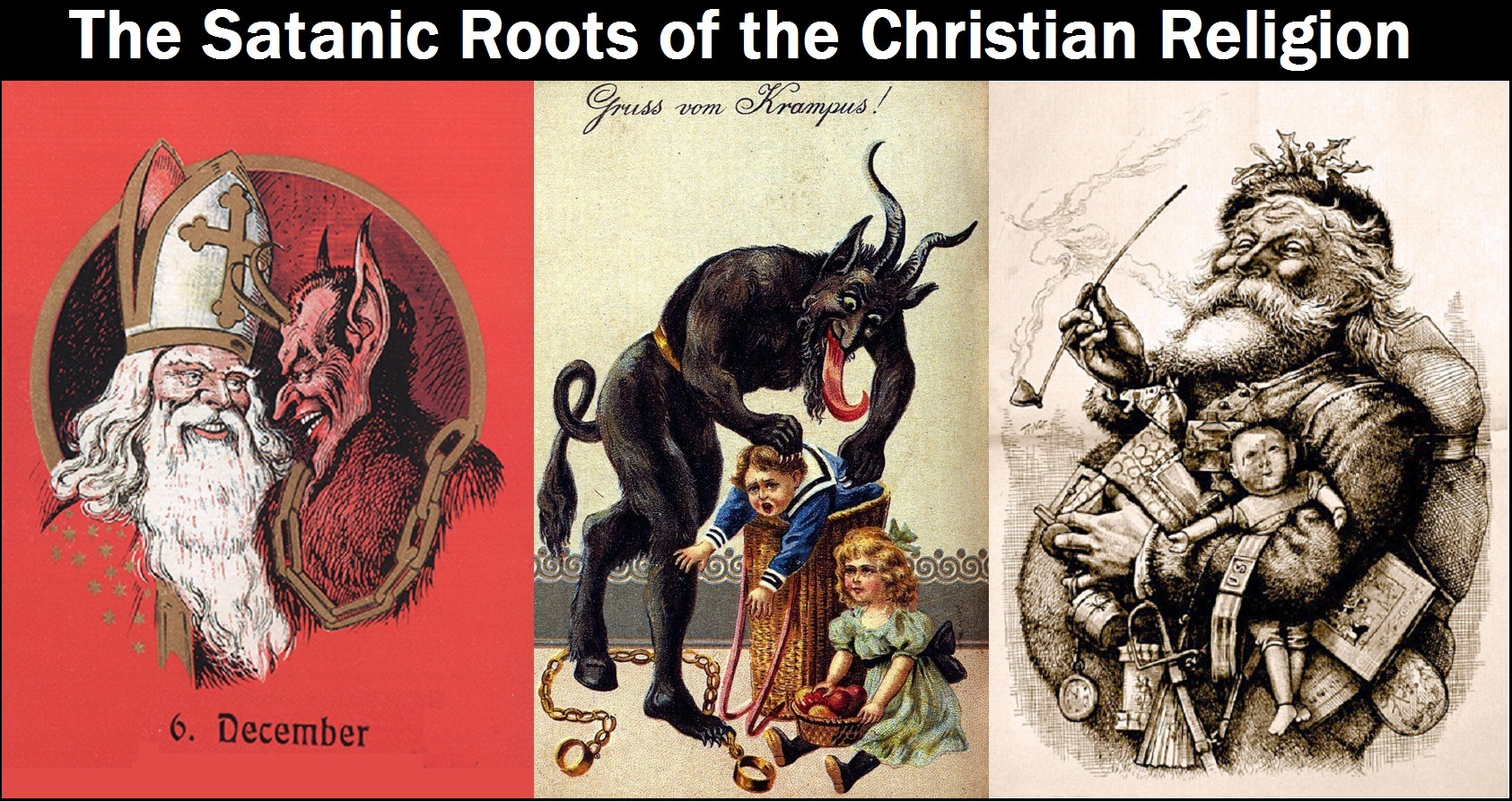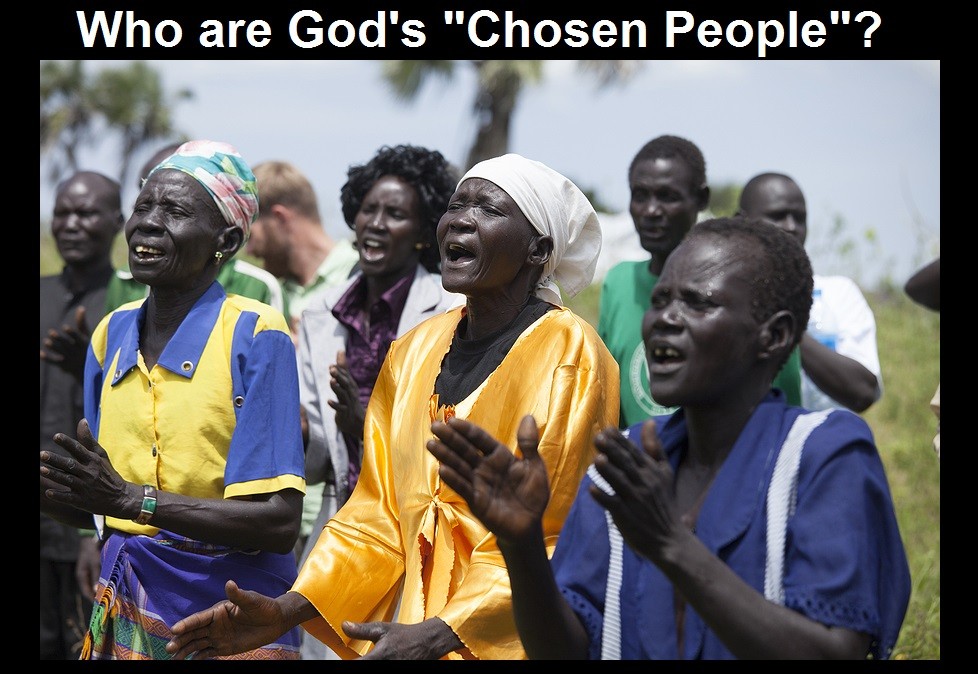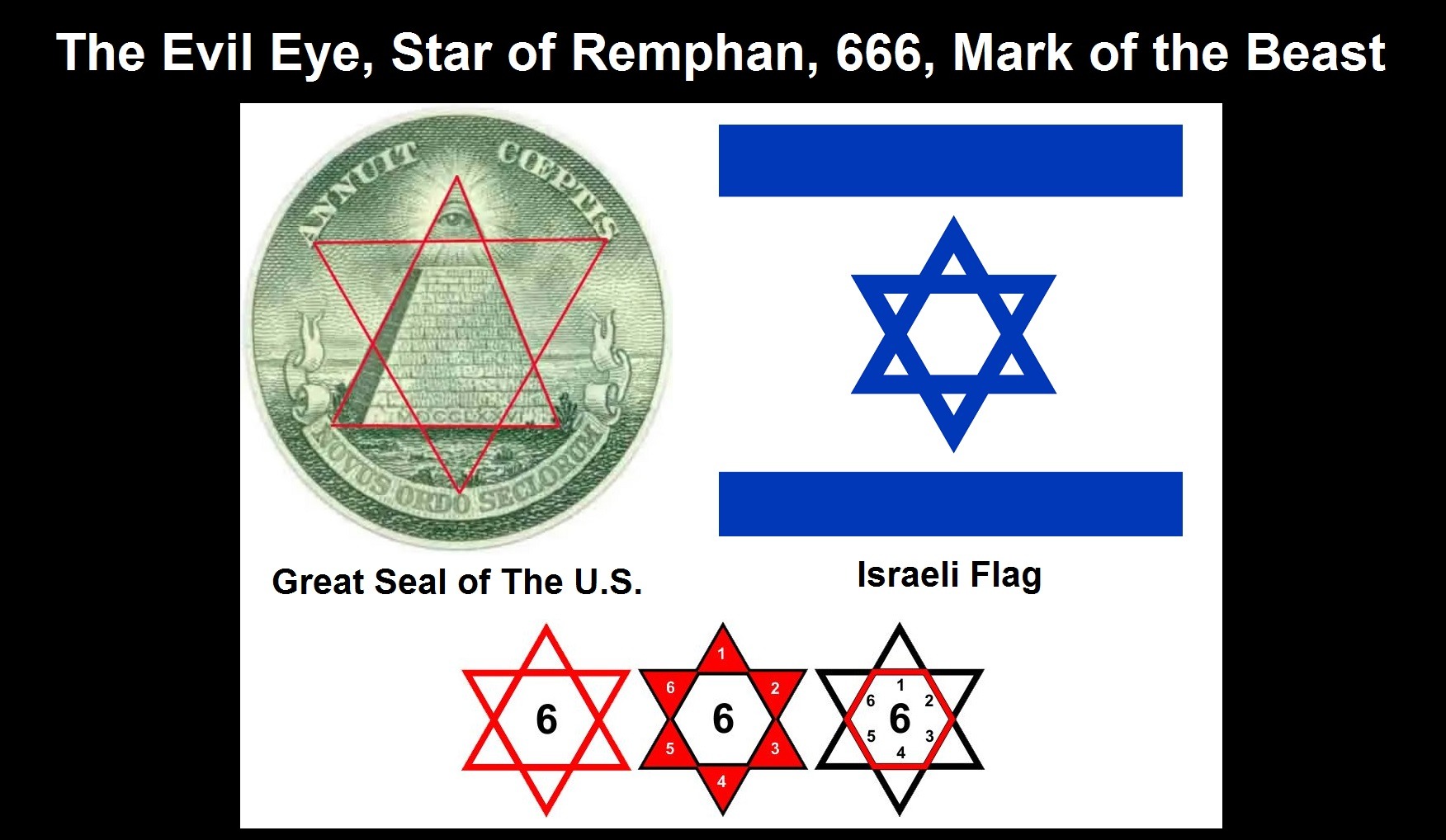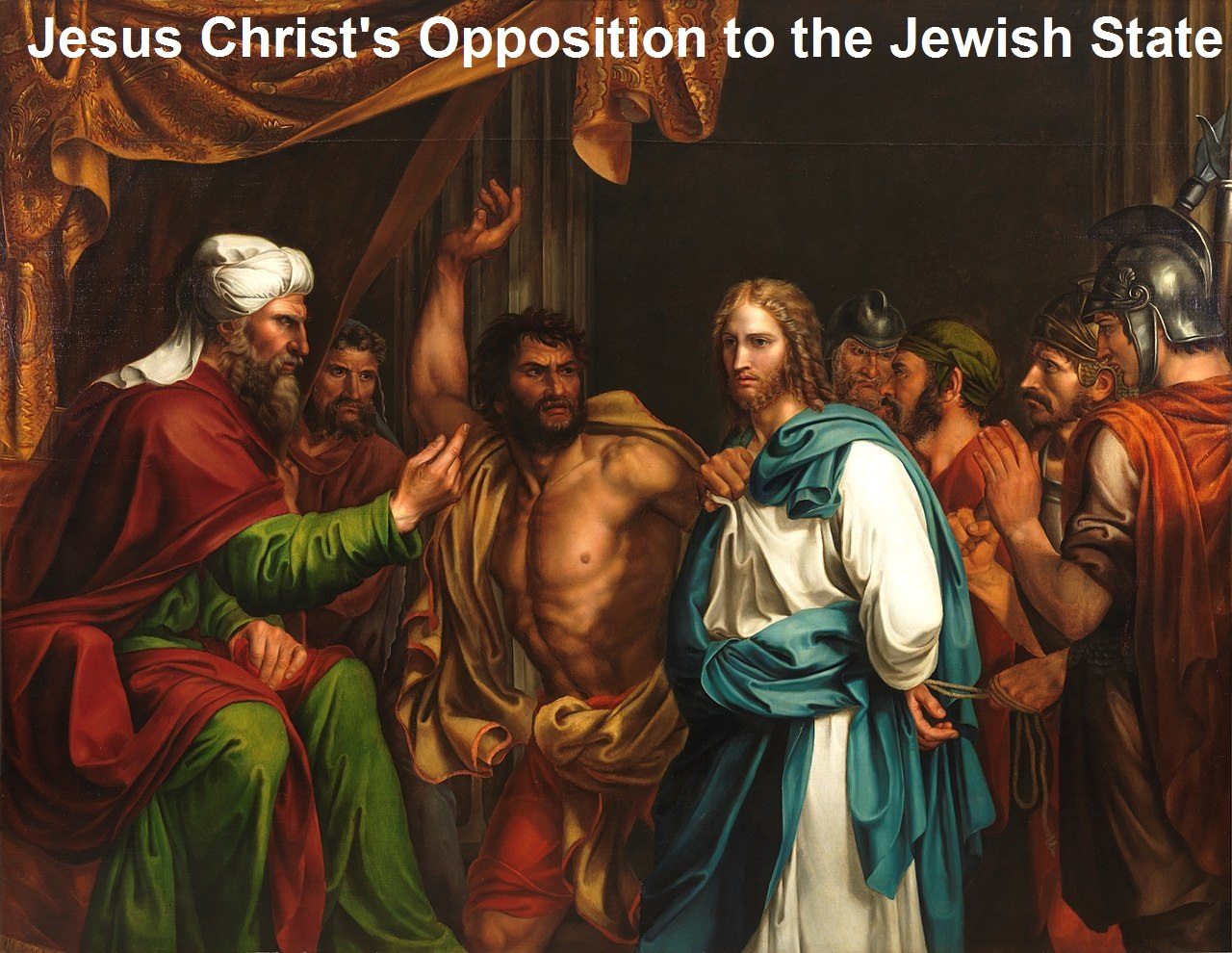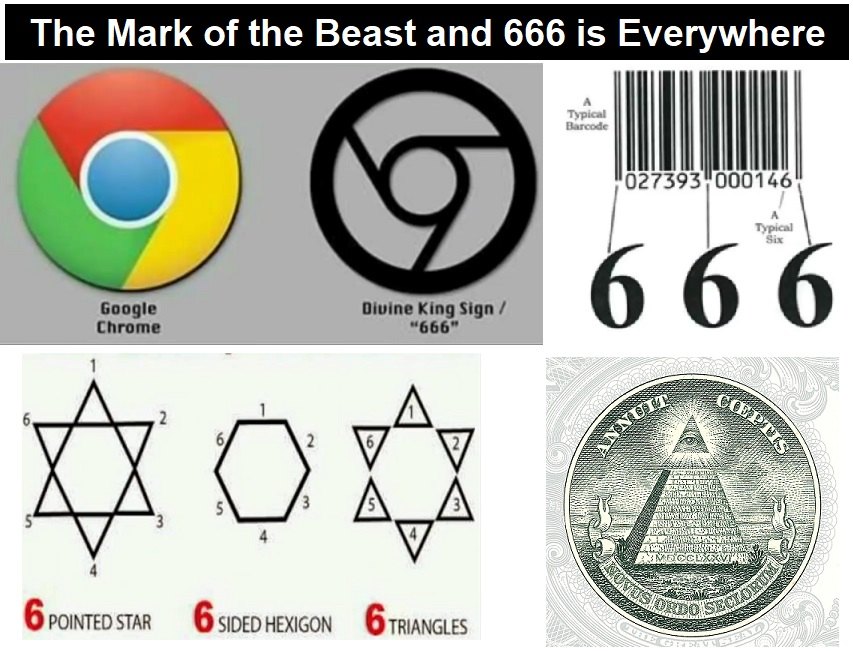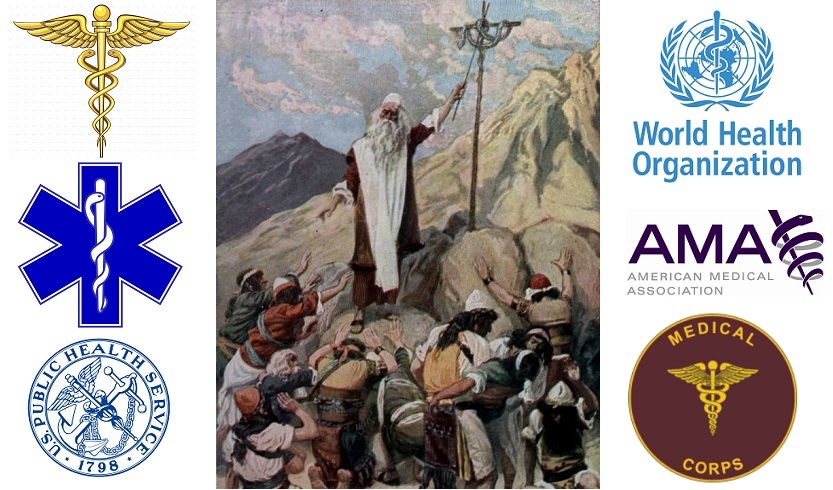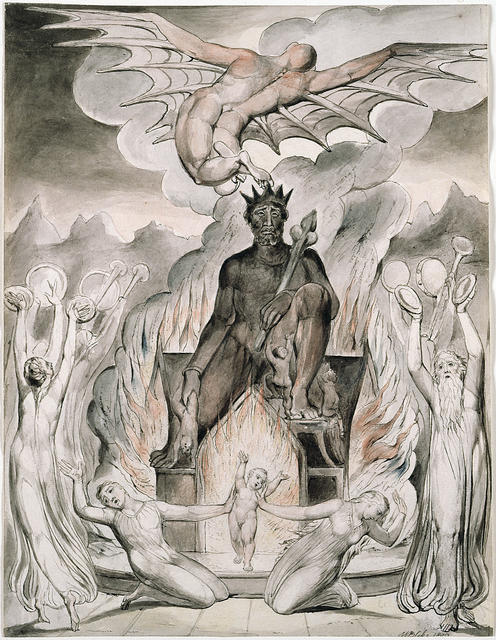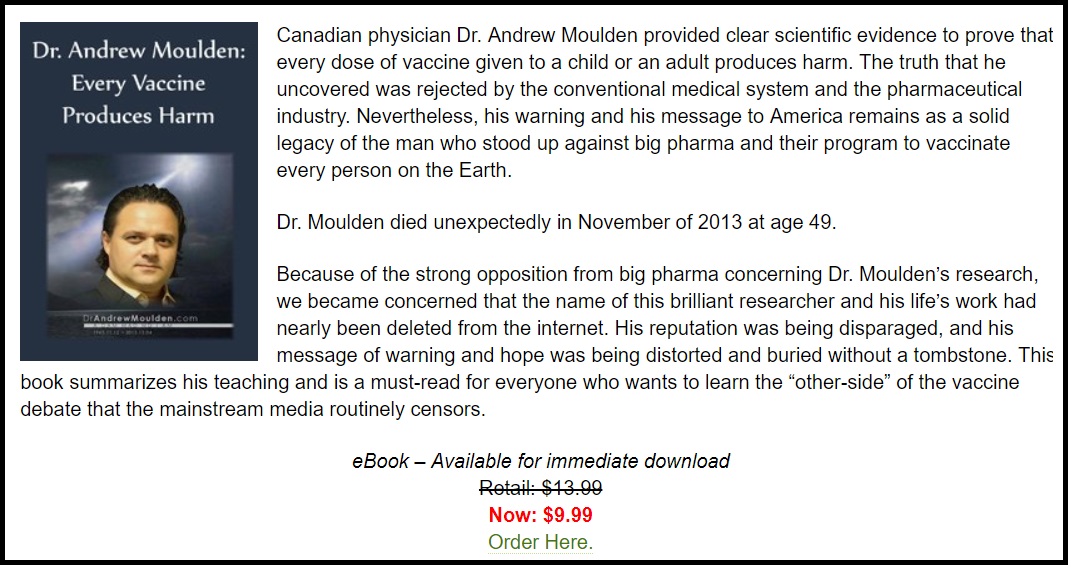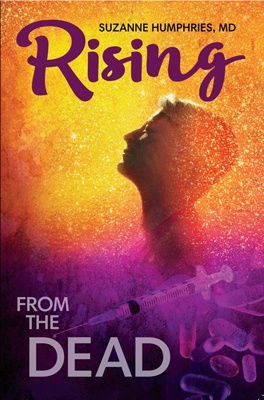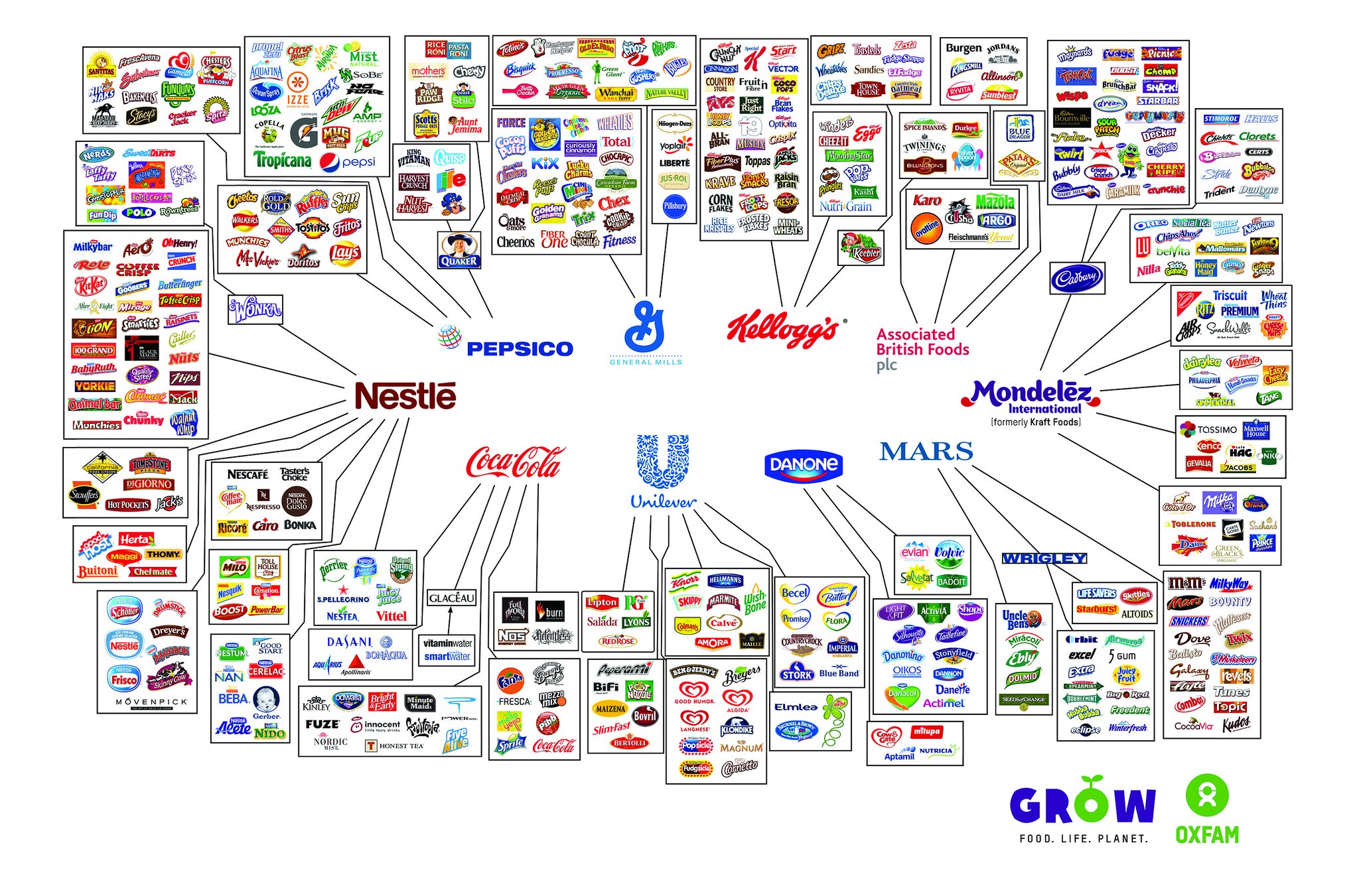
Click to expand. Image source.
Commentary by Brian Shilhavy
Editor, Health Impact News
The Globalists who control the world today are not politicians. Politicians are puppets, chosen by the Globalists, who control the world’s financial system.
At the very top of the pyramid they are Satanists, specifically “Satanic Jews” which I define in this article:
Identifying the Luciferian Globalists Implementing the New World Order – Who are the “Jews”?
Their modus operandi is the world’s financial system, and the Globalist companies that run the world. We recently published the very well-written commentary by F. William Engdahl on BlackRock, the investment firm which he claims has more financial influence than the Federal Reserve and the governments of most nations. See:
Unregulated Investment Firm BlackRock: More Political and Financial Influence than the Federal Reserve and Most Governments
Today, I am republishing an article from a website called “Behind The News Network,” a site I have been following in my newsfeed since the COVID-19 Plandemic began last year.
I have not referenced or republished any of the work from this website previously, because the main pen-name that is used for most of the articles published recently there, Sam Parker, are largely unreferenced.
But it doesn’t take long to determine that whoever this Sam Parker is (and very possibly it is a pen-name for several people), he is extremely well-educated, and I don’t mean in just an academic sense. He understands world politics, and not the kind of “politics” you will read in the corporate media, and not even much in the alternative media.
He is obviously an insider, because only an insider could publish this kind of material, and this person probably could not get away with revealing their true identity and remain alive.
The reason I am republishing this article today, is because it is in my topic of specialty, which is food.
As I have previously written, many of the top sources in the alternative media are “controlled opposition.” That is not to say they do not produce good journalism, but it means there are certain topics they dare not touch, and when they do, they are threatened, and forced to take down certain articles.
That does not apply to me, as editor of Health Impact News, because I do not draw my income from the content produced on Health Impact News. I earn my income through my food company, Healthy Traditions, which began as Tropical Traditions in 2001, when we became the first company to import a “virgin coconut oil” from the Philippines for the U.S. market.
I own 100% of Healthy Traditions, and neither Healthy Traditions nor Health Impact News is backed by Wall Street Investment firms (not that they have not come calling over the years to try and buy me out!) that we have to answer to.
We were able to leverage the power of the new and emerging technology of the Internet in the early 2000s to directly educate the American consumer about how they had been brainwashed by the Globalists in regards to nutrition, such as the USDA dietary guidelines that wrongly condemned saturated fats in general, and coconut oil specifically, in order to prop up a failed theory of heart disease that condemned these healthy, traditional fats, in favor of a low-fat dietary philosophy that benefited the main cash crops in America that they used to dominate the world: soy, corn, and wheat.
Tied into this false theory of heart disease was a booming market for cholesterol-lowering drugs, and Pfizer became the most profitable pharmaceutical company of its day with its blockbuster cholesterol drug, Lipitor.
But we prevailed, and even though we are just a shadow of the company we once were, the American public now has access to coconut oil in almost every major grocery retailer today, but the public has no idea the sacrifices that were made to make that a reality.
It was only possible because Big Tech had not been corrupted yet by the Globalists, and the technology was what I was able to leverage to even the playing field, going directly to the American consumer with the truth, and the American consumer, which has far more power than they realize, let the Globalists running the food supplies know that they wanted coconut oil, and they also wanted their butter back, instead of the fake margarines that were the REAL cause of heart disease. (See: The War Against Butter is Over: Butter Won from 2014.)
Since this is just a commentary to introduce Sam Parker’s excellent article on our food system, I won’t go into all the details of how we fought the Globalists to remain in business over the years to offer consumers an alternative to the commodity food industry.
But we were forced to leave the Philippines when we became too successful in selling coconut oil when local terrorists tried to kidnap me and my children in order to hold us for ransom, and then once we relocated in the U.S. I had to fight the FDA who accused us of selling “unapproved drugs” since they only allow their “approved” pharmaceutical products to make any kind of statements for curing disease.
But I have learned much about this industry the past 20 years, and I can vouch for the veracity of what Sam Parker writes here, and even though he does not provide references, most of this can be verified through independent research.
And the short summary of what he explains here is this: just a handful of companies control the bulk of the world’s food, and if they want to turn off the faucet, they can, and it will result in massive starvation and death, and a drastic reduction of the world’s population.
That is what Sam Parker fears, which is why he put the time into writing this. He has unmasked the Globalists who control the world through the food supply chain, and named names.
He writes: “Genocide is an intent of this system, not a side-effect.”
You will definitely want to take the time to read this, and prepare accordingly.
The Global Food Cartel – Instrument for Starvation
by Sam Parker
Behind the News Network
The Control Apparatus
The control of food for use as a weapon is an ancient practice. The House of Windsor inherited certain routes and infrastructure.
One finds the practice in ancient Babylon/Mesopotamia 4,000 years ago. In Greece, the cults of Apollo, Demeter, and Rhea-Cybele often controlled the shipment of grain and other food stuffs, through the temples. In Imperial Rome, the control of grain became the basis of the empire.
Rome was the center. Conquered outlying colonies in Gaul, Brittany, Spain, Sicily, Egypt, North Africa, and the Mediterranean littoral had to ship grain to the noble Roman families, as taxes and tribute. Often the grain tax was greater than the land could bear, and areas of North Africa, for instance, were turned into dust bowls.
The evil city-state of Venice took over grain routes, particularly after the Fourth Crusade (1202-04). The main Venetian thirteenth century trading routes had their eastern termini in Constantinople, the ports of the Oltremare (which were the lands of the crusading States), and Alexandria, Egypt.
Goods from these ports were shipped to Venice, and from there made their way up the Po Valley to markets in Lombardy, or over the Alpine passes to the Rhône and into France. Eventually, Venetian trade extended to the Mongol empire in the East.
By the fifteenth century, although Venice was still very much a merchant empire, it had franchised some of its grain and other trade to the powerful Burgundian duchy, whose effective headquarters was Antwerp.
This empire, encompassing parts of France, extended from Amsterdam and Belgium to much of present-day Switzerland. From this Venetian-Lombard-Burgundian nexus, each of the food cartel’s six leading grain companies was either founded, or inherited a substantial part of its operations today.
By the eighteenth and nineteenth centuries, the British Levant and East India companies had absorbed many of these Venetian operations. In the nineteenth century, the London-based Baltic Mercantile and Shipping Exchange became the world’s leading instrument for contracting for and shipping grain.
Ten to 12 pivotal companies, assisted by another 3 dozen, run the world’s food supply. They are the key components of the Anglo-Dutch-Swiss-American cartel, which is grouped around the 2 families.
Led by the six leading grain companies – this food and raw materials cartel has complete domination over the world’s cereals and grains supplies, from wheat to oats and corn, from barley to sorghum and rye. But it also controls meat, dairy, edible oils and fats, fruits and vegetables, sugar, and all forms of spices.
Each year tens of millions die from the most elementary lack of their daily bread. This is the result of the work of the BAC cartel. And, as the ongoing financial collapse wipes out bloated speculative financial paper, the oligarchy has moved into hoarding, increasing its food and raw materials holdings. It is prepared to apply a tourniquet to food production and export supplies, not only to poor nations, but to advanced sector nations as well.
Today, food warfare is firmly under the control of London and New York. Today’s food companies were created by having had a section of this ancient set of Mesopotamian-Roman-Venetian-British food networks and infrastructure carved out for them.
The oligarchy has built up a single, integrated raw materials cartel, with three divisions – energy, raw materials, and increasingly scarce food supplies.
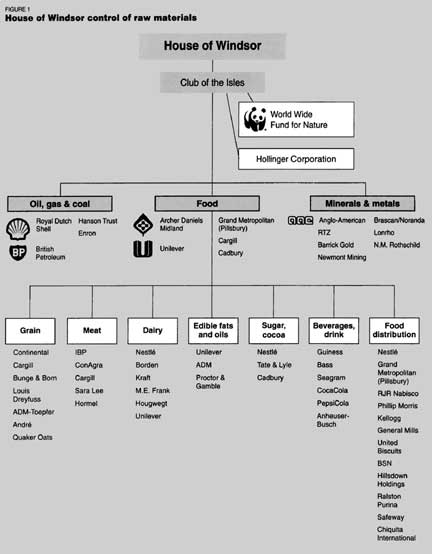
Figure 1 above represents the situation. At the top are the House of Windsor and Club of Isles. Right below are the principal control instruments of the Rothschilds – the Worldwide Fund for Nature – headed by Prince Phillip – which leads the world in ethnic conflicts and terrorism.
The firms within each cartel group are listed. While they maintain the fiction of being different corporate organizations, in reality this is one interlocking syndicate, with a common purpose and multiple overlapping boards of directors.
The oligarchy owns these cartels, and they are the instruments of power of the oligarchy, accumulated over centuries, for breaking nations’ sovereignty.
Up to the 1940s, the share of international trade in grains was around 10 million tons. This was a substantial amount, but small compared to the levels of trade that would follow.
World War 2 ravaged the globe, creating mass hunger, especially in Eurasia, and what is today the Third World. Under the impetus of American programs such as “Food for Peace “, the worldwide trade in grains shot up to 160 million tons by 1979.
Today, it is 515 million tons per year. In addition, tens of millions of other foodstuffs are traded each year.
It is proper for countries with grain, meat, dairy, and other surpluses to export them. But the cartel’s four exporting regions were given pre-eminence in a brutal manner, while much of the rest of the world was thrust into enforced backwardness.
The 2 families (Rothschilds and Rockefellers) denied these nations seed, fertilizer, water management, electricity, rail transportation, that is, all the infrastructure and capital goods inputs needed to turn them into self-sufficient food producers.
These nations were reduced to the status of vassals: Either import from the cartel’s export regions, or starve.
However, the food cartel also has control internationally. For example, outside of the US, the largest producer of soybeans and soybean products are Argentina and Brazil.
One of the Big Six grain companies, Bunge and Born, settled in Argentina in 1876, and accumulated plantations of hundreds of thousands of acres. In the second half of the twentieth century, it also moved into Brazil. Today, in Brazil and Argentina, Bunge and Born is a major force in soybeans and related products, along with Cargill, Louis Dreyfus, and Continental.
Thus, the grain cartel dominates output everywhere. Further tightening the control are joint ventures, especially in the area of producing new strains of seeds and biotechnology.
Cargill, the world’s largest grain exporter, through its Nutrena division, is also the biggest producer of animal feed and hybrid seed in the world. In 1998, Cargill announced a joint venture with Monsanto, one of the leading farm biotechnology firms.
Also in 1998, Novartis (the new company name for the 1996 merger of Swiss chemical giants CIBA-Geigy and Sandoz) formed a joint venture with Land O’Lakes, and through them, with ADM, for the development of specialty corn hybrids for food and feed markets.
Meanwhile, the food cartel reduced the export regions, which supposedly enjoy favored status, to a state of servitude as well. During the last 4 decades, millions of farmers in the US, Europe, Canada, Australia, Argentina, Brazil, India and South Africa, have been wiped out.
This report will document, for the first time, the extent of concentration and control that the raw materials cartel exercises over both the international and domestic trade in food. It will look at the food cartel’s international and domestic control over grain, milk, edible oils and fats, and meat.
This article will provide the names of the key forces in the cartels’ control of the world’s food supply.
The five privately held grain companies were carved out from the centuries-old Mesopotamian-Venetian-Burgundian-Swiss-Amsterdam grain route, which today extends around the world.
The Big Five are Cargill, Continental, Louis Dreyfus, Bunge and Born, and André Cargill Company, the world’s largest grain company, is based in the Minneapolis, Minnesota suburb of Minnetonka.
It was founded by Scotsman William Cargill, in Conover, Iowa in 1865, and has been run, since the 1920s, by the billionaire MacMillan family. But the true nexus of Cargill is in Geneva, Switzerland, where Cargill’s international trading arm, Tradax, Inc., is headquartered, having been established there in 1956.
Archer Daniels Midland’s purchase of Töpfer, a Hamburg, Germany-based Grain Company, vastly increased ADM’s presence in the world grain trade. Töpfer’s trade is situated within the old Venice-Swiss-Amsterdam-Paris routes, and it has extensive business partnerships with the British Crown jewel, the Rothschild Bank.
The manner in which the grain cartel companies operate is highly secretive. All but ADM-Töpfer are private companies.
Profiles & Histories
Here are the strategic profiles of some of the key companies that constitute the food sector of the BAC cartel. The British have a far greater degree of control in the food business, due to its predecessor’s involvement, dating back centuries.
Allied with various other European families and companies, the totality of the European food companies, the British companies effectively exert control over most of the European giants.
This is due to the fact that the Rothschilds have based themselves in London, since 1795, and from this base, managed to dominate European business and finance.
The US has come to the party late. But, since 1945, under Rockefeller patronage, the American companies have made great strides in the field of food. That is why the title “British-American Cartel,” or BAC, for short.
The profiles confirm that through multiple forms of concentration, these companies dominate grain, dairy, meat, and other food production, and the processing and distribution system of food, all the way to the supermarket.
Very little food moves on the face of the earth without the food cartel having a hand in it.
Cargill
Cargill raises 700,000 pigs, 14 million turkeys, and 500 million broiler chickens. In the US, it owns 440 barges, 16 towboats, 3 huge vessels that sail the Great Lakes, 22 ocean-going ships, 3,000 railroad hopper cars, and 3,500 tank cars.
Cargill and its subsidiaries operate 900 plants globally. It has 500 US offices, 300 foreign offices. It operates in 60 countries.
Shortly after the American Civil War, William Cargill, a Scottish immigrant sea merchant, bought his first grain elevator in Iowa. In 1870, with his brother Sam, William Cargill bought grain elevators all along the Southern Minnesota Railroad, at a time when Minnesota was becoming an important shipping route.
But Cargill’s biggest break came when he bought elevators which went west along the line of James J Hill’s Great Railroad Northern. Hiss was the business partner of Ned Harriman (father of Averell Harriman, and a front for William Rockefeller – brother of John D). Through a rebate system, and other arrangements, Hill’s rail line builds the Cargill operation.
Twice during the 20th century, the Cargill firm nearly went under, and between 1909 and 1917, Cargill hovered on the brink of bankruptcy. The founder’s daughter married John Macmillan.
William Rockefeller rescued the firm and designated Macmillan and his family to come in and reorganize Cargill. This was the period in which the Macmillan family started running Cargill.
Following the 1929 stock market crash, and ensuing Great Depression, Cargill nearly went bankrupt, but, this time was again rescued by the Rockefellers Chase Manhattan Bank. Chase sent its officer John Peterson to help run Cargill, and soon headed the firm.
Since then, the Rockefellers Chase bank has a stake in Cargill. With Rockefeller backing, Cargill began to expand.
Cargill has been repeatedly cited for “blending” – adding foreign matter to its grain. For example, an export contract may allow for 8% of the grain volume that a company is exporting to be foreign matter.
If Cargill’s grain load is only 6% foreign matter, it will mix in dirt and gravel. A Cargill supervisor said, in July 1982, “ If we’ve got a real clean load, we will make sure we hold it until we can mix it with something dirtier. Otherwise, we’d be throwing away money.”
Cargill has expanded into every major crop and livestock on earth, in over 60 countries. It has also expanded into coal, steel (becoming America’s 7th largest steel producer), waste disposals and metals.
Today, Cargill runs one of the 10 largest commodity brokerage firms in the US, trading on the Chicago and world markets. In 1995, Cargill bought the US business of Continental Grain. The combined Cargill and Macmillan families own 100% of the company’s stock, with a combined net worth of some $15 billion.
Continental Grain
It is the second largest grain trader in the world. The combined Cargill-Continental nexus accounts for some 50-60% of the world’s export share.
Continental processes and markets beef, pork, poultry, seafood, along with animal feeds and wheat flour. The company transports nearly 95 million tons of grains, oilseeds, rice, cotton, and energy products annually, an amount that exceeds the annual production of almost every country in the world. Continental owns a fleet of towboats and 500 river barges.
It owns over 1500 hopper cars. It has offices and plants in 50 countries, on 6 continents.
Simon Fribourg founded the business as a commodity-trading company in Belgium, in 1813. Fifty years later, the Fribourg family went into milling, building mills in Luxembourg and Belgium, especially Antwerp, which, with its deep harbors and connections to the Rhine River, transported Fribourg flour and wheat to and from the rest of Europe.
By 1914, the heirs moved operations to London, to capitalize on the ability to trade grain internationally. In 1920, the headquarters moved to Paris.
Then, in the 1920s, the company opened offices in the US. During the Depression of the 1930s, the Continental Company made out like bandits.
The then head of the family, Jules, instructed his New York agent to buy Midwest grain elevators, which were at depressed prices, with the instructions, “Don’t bother to look at them –just buy them.” When the Nazi army invaded France in June 1940, the Fribourgs fled to America.
In 1969, the Fribourgs, working with the Cargill company, and through an agent of the grain cartel in the US Dept of Agriculture, Clarence Palmby, helped destroy the American merchant fleet, by convincing President Nixon that the “50-50” provision, by which half of all American grain exports had to be carried on American vessels, should be abolished, in order to land a large Russian grain order.
Almost all of the grain went on Russian-bottom boats. Various favors paid off, for, in 1973, the Russians rewarded Continental by making an unprecedented purchase from the company of 6 million tons of grain and soybeans.
In 1976, Continental was fined $500,000 for short-weighting ships. In the late 1970s, when Congo, or Zaire, which was very poor, was unable to pay its bills, Continental cut off food shipments to that starving nation.
In the 1970s, Continental became the first grain company to sell grain to China. The company is headed by Paul Fribourg. The Fribourg family own 100% of the company, and the family is worth some $4 billion.
Louis Drefuss
It is the number 1 French grain exporters, number 3 world grain exporter, number 4 US grain exporter, number 5 Argentine grain exporter, and so on. Louis Dreyfuss operates 57 vessels – bulk carriers, lakers, panamaxes, and chemical and LNG ships worldwide.
Leopold Louis Dreyfuss was born in France. In 1852, at age 19, he set up his wheat trading operations in Switzerland. He built mills and grain elevators throughout Europe, and by the end of the 19th century, he was marketing all types of grain, corn, barley, and other crops.
Louis Dreyfuss, although privately owned, is also a cooperative under French Law. It owns 49% of the coop UFC. Ubder this arrangement, UFC sells French grain exclusively for itself and Dreyfuss, both within the EU and other markets.
This allows Dreyfuss to obtain credit at low interest rates from the semi-official French bank- Credit Agricole, which terms are not available to purely private companies.
Louis Dreyfuss also owns one of the largest private banks in France, the Dreyfuss Bank. The current head of the firm is Gerard Louis Dreyfuss. The Dreyfuss family is worth some $3 billion.
Bunge & Born
It is the largest Brazilian grain exporter, as well as a large exporter from Argentina and the US. Bunge operates 50 grain elevators in the US, and has a giant grain export elevator in Quebec City.
In 1750, in Amsterdam, the Bunge family had starting trading hides, spices, and rubber from Dutch overseas colonies. In 1850, Charles Bunge moved the family business to Antwerp, Belgium. Charles’s two sons established a merchant dynasty straddling the Atlantic Ocean. With his brother-in-law George Born, Ernest established the firm Bunge and Born.
In 1897, a Jewish grain trader-Alfred Hirsh joined the firm in Buenos Aires. In 1927, Hirsh became president of Bunge and Born, holding that position for 30 years.
Hirsh and others at Bunge and Born accumulated millions of acres of land in the rich soil region of the pampas. The extent of the Bunge and Born domination of the Argentine economy was revealed in 1974, when the Montoneros terrorists kidnapped the heirs to the firm, Jorge and Juan Born, and held them for many months.
During the time the brothers were in captivity, they revealed that Bunge and Born not only dominated Argentina’s agriculture, but also that the Bunge companies produced 40% of Argentina’s paint, 35 % of its tin cans , 20% of its textiles, etc.
Argentine President Juan Peron attempted to suppress the power of Bunge and Born and other grain cartel companies in Argentina. When Peron became President for the first time in 1946, he moved to have the government buy the grain from the Argentine farmer and export it.
The profits were used to finance the industrialization of Argentina. In 1948, he established the Institute for the Promotion of Trade (IAPI) to achieve this purpose.
However, the grain cartel companies, weakened by Peron’s reforms, wanted him out of power. In 1955, Peron was deposed and the IAPI system he had set up was disbanded. When Peron returned to power in 1973, he established a National Grain Board for the same purpose.
Again, Peron was fiercely opposed by the grain cartel companies. He died in 1974, and was succeeded by his wife, Evita. In 1976, Evita Peron was overthrown. The National Grain Board was disbanded, and control of grain and meat exports was returned to the private grain companies.
In the meantime, Bunge had diversified a large share of its capital into Brazil and the US. However, the power of Bunge and Born is still strong in Argentine. The Born and Hirsh families, which run Bunge and Born today, are each conservatively estimated to be worth a billion dollars.
Andre
It is the number 1 South African grain exporter, and the 5th largest grain exporter in the world.
It was founded in 1877 by George Andre in Switzerland. He imported wheat from Russia for pasta. In 1937, Frederic Hediger went to the US and founded Garnac, using money from George Andre.
Garnac became a subsidiary of the Andre Holding Company. During the 1970s, after an embargo had been placed on the commercial activities of what was then Rhodesia (now Zimbabwe), Andre helped sell Rhodesian grain on world markets through illegal channels. After Andre’s death, in 1942, his three sons inherited the company. The Andre family is conservatively estimated to be worth more than $2 billion.
Archer Daniels Midland/Topfer
It is the 6th largest world grain exporter, with 9% of the market. It is also the number 1 US soybean crusher, with an estimated 40% of the market. It is also the no 1 producer of ethanol, the number 2 us flour miller, and more. ADM/Topfer makes enough flour to bake 16 billion loaves of bread and enough soybean meal to feed 14 billion broiler chickens – twice as many broilers as the US produces.
In 1878, Jon Daniels began crushing flaxseed to produce linseed oil and in 1920 formed the Daniels Linseed Company. George Archer, another experienced flaxseed crusher joined the company in 1903. In 1923, the company bought Midlands Products and adopted the name Archer Daniels Midland (ADM).
ADM purchased a 50% stake in Topfer International, one of the most powerful second-tier grain cartel companies. This purchase also works the other way, with the older Hamburg-based Topfer Company, with extensive roots in Europe, exercising an influence over ADM.
The Topfer Co has an over 70% equity position in two French firms – Compagnie Europeene des Cereales and G. Muller. The remaining shares in these companies are held by the Rothschild Group in France. These two French companies own 10 large grain elevators in France and Germany.
The head of ADM in the 1980s was Andreas, who regularly contributed between $50,000 and $100,000 a year to the organized crime-linked Anti-Defamation League of the B’nai B’rith.
ConAgra
It is the number 1 US flour miller, number 1 US sheep slaughter, number 2 US beef and pork slaughter, among other things.
Conagra was founded in Nebraska in 1919 as Consolidated Mills, a grain processor (the name was changed to ConAgra in 1971). In 1982, ConaGra bought the Peavey Company, along with its Minneapolis confederates, the Pillsbury and Washburn families dominated the milling of American flour.
This immediately made ConaGra America’s largest flour miller. This was followed by a slew of purchases in the meatpacking industry.
IBP
It is the number 1 US beef and pork slaughterer. IBP is the largest butcher in the world, accounting for 14% of the US total. Japan, which consumes half of all US meat exports, is a major market for IBP.
It was formed in 1960 by A. Anderson and C. Holman, as Iowa Beef Processors. IBP makes money by driving down the wages of its workforce, and the price of beef paid to farmers.
Nestle
It is the number 1 world food company, number 1 world trader in dry milk powder, condensed milk, seller of chocolate and confectionary products, and the number 1 seller of mineral water, and number 3 US coffee firm. Nestle has 500 manufacturing plants on 6 continents.
In 1866 in Cham, Switzerland, Charles Page founded the Anglo-Swiss Condensed Milk Co. In 1867, in nearby Vevey, Henri Nestle founded Farine Lactee Henri Nestle. In 1905, Nestle and the Anglo-Swiss Condensed Milk Company merged.
In 1922, a banker, Louis Dapples, took over management of the company, and eventually became chairman of Nestle. Over the next 90-odd years, Nestle made one takeover after another, especially during the past two decades. It controls the export of powdered milk to the developing sector.
Nestle also owns Alcon eye products, and 26% of L’Oreal, the world’s largest shampoo and cosmetics company. It is controlled by the Rothschild Group.
Its board of directors serves as a retirement home for central bank heads (those central banks that are under Rothschild ownership, such as the central banks of European countries, and the BIS).
Unilever
It is the number 1 world producer of ice cream, and margarine, and one of the top five world exporters of dry milk powder, the number 1 European tea seller, the number 2 world producer of soaps and detergents, and one of the top five world crushers of palm oil , and one of the world’s largest producers of olive oil.
In 1885, Englishman William Lever and his brother formed Lever Brothers. It produces Lifebuoy, Lux, Rinso, and Sunlight soaps. In the Netherlands, rival butter-makers, Jurgens and Van den Burgh were pioneers in margarine production.
In 1927, they created the Margarine Union, a cartel that owned the European market. In 1930, the Margarine Union and Lever Brothers merged, forming Unilever.
Both Unilever and Royal Dutch Shell are corporate entities that express the joint interests of the Anglo-Dutch monarchies, as well as the Rothschild Group.
Philip Morris
It is the number 2 world food company, number 1 US Food Company.
In 1847, Philip Morris opened a London tobacco store, and by 1854 he was making his own cigarettes. In 1919, US financier George Whelan purchased the rights to market Philip Morris brands such as Marlboro.
Ten years later, Whelan’s successor began manufacturing the cigarettes in Richmond, Virginia. In 1985, Philip Morris bought General Foods; in 1988, it acquired Kraft Foods. Philip Morris is one of the largest cigarette smugglers in the world, both for sale and as barter for other illegal goods. It is also one of the world’s largest marijuana dealers.
Major US Food Companies
It has been extremely difficult to gather information on the grain cartel companies, as they are privately-owned. It was easier to gather information on US companies, as most of them are public companies.
Here is a list of the other major food companies. Most of these are within the Rockefeller orbit. These include Coca Cola, Pepsico, Mars, Walmart (acts as a distribution entity). This is just to name a few.
Below is a partial list of a few of the world’s largest food companies. Grain companies are excluded.
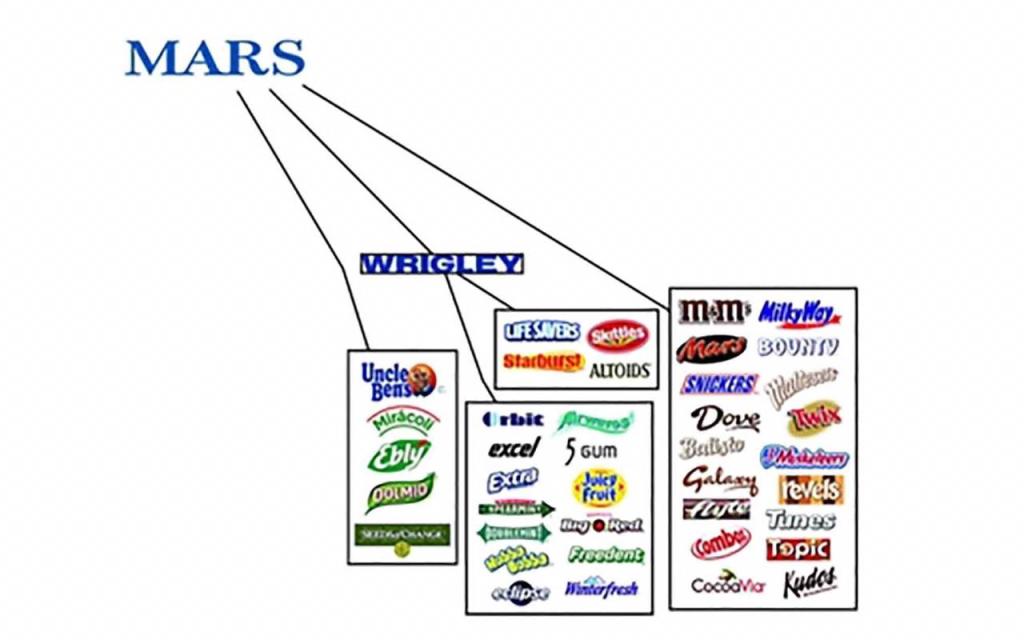
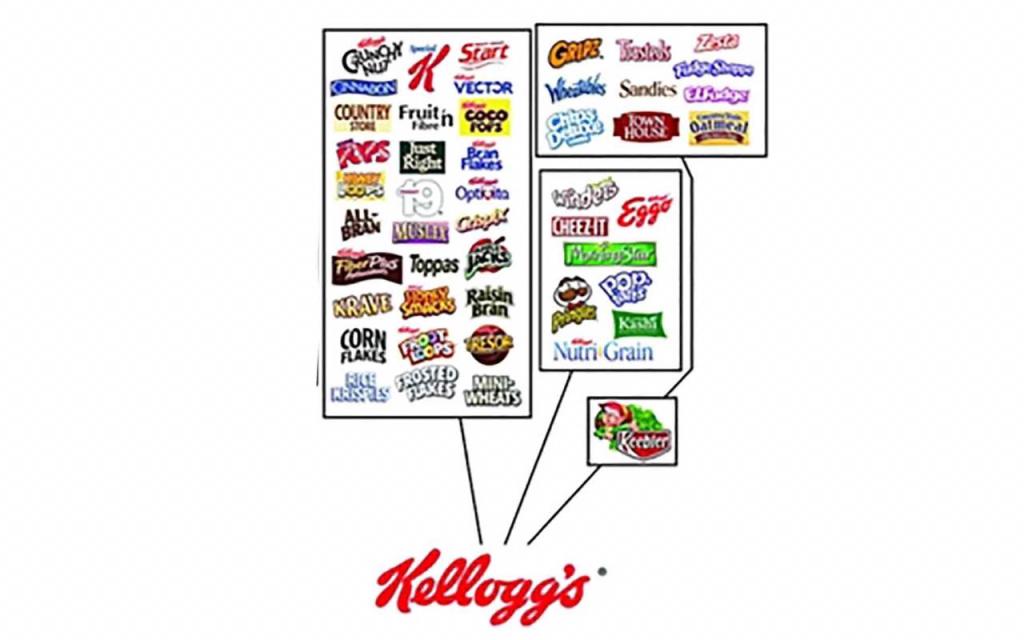
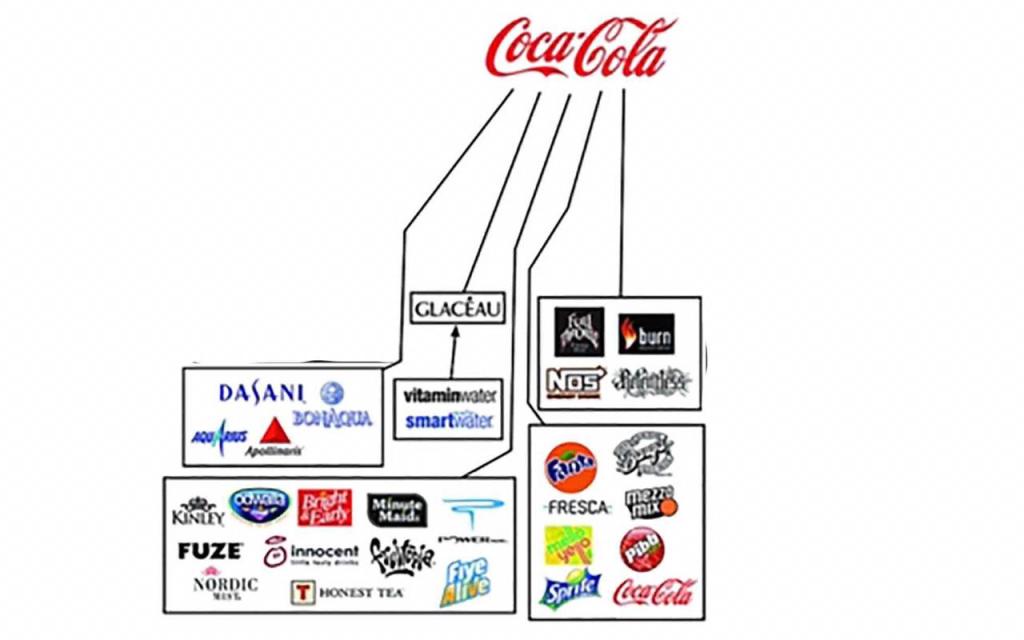
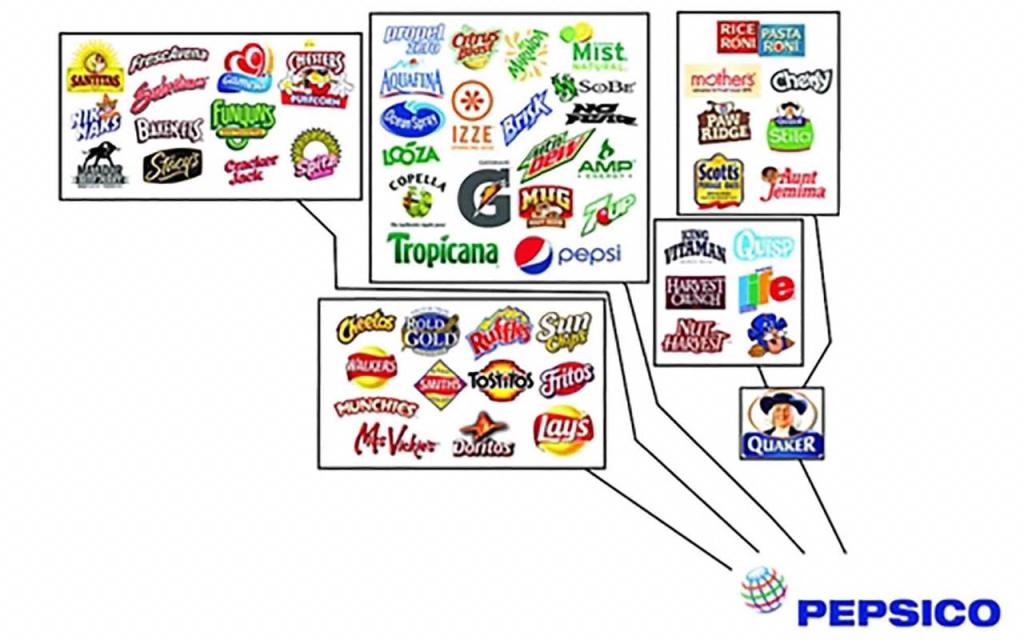
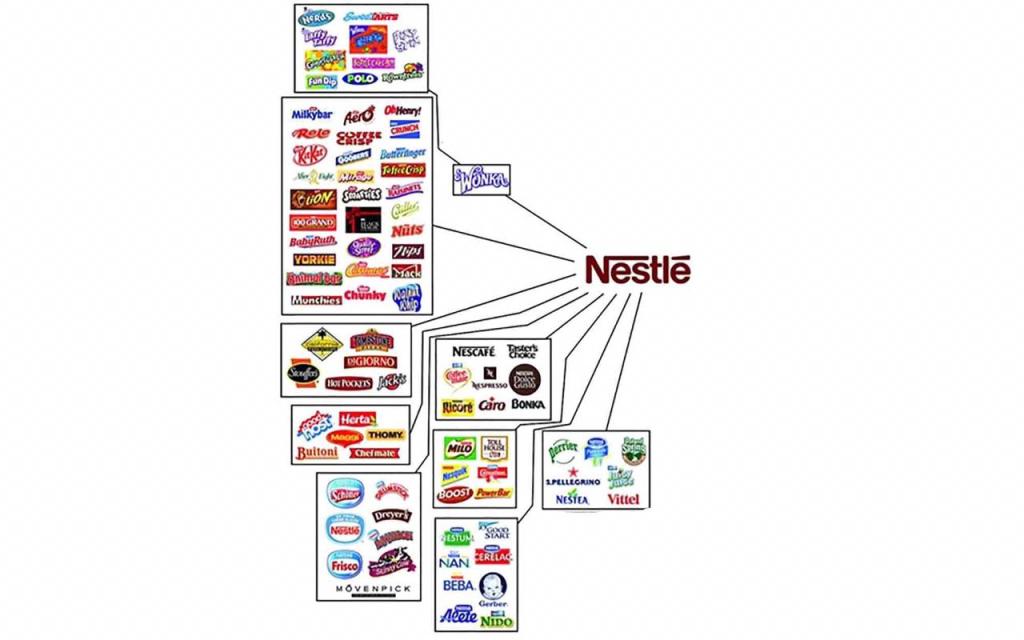
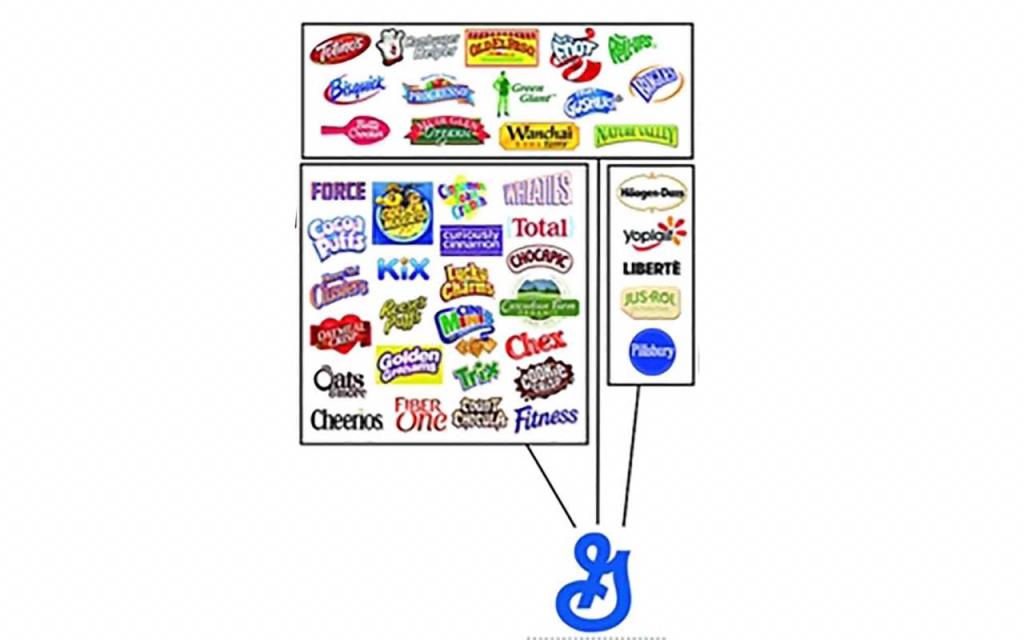
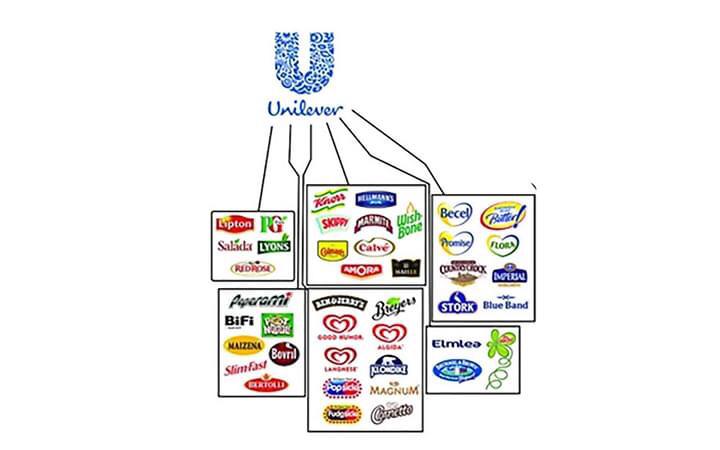
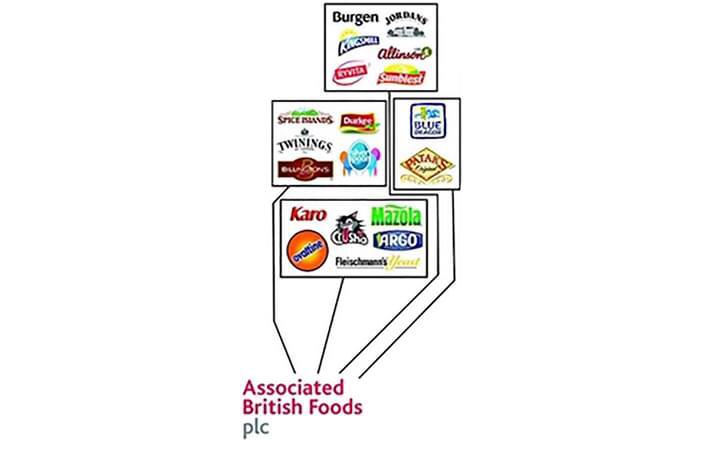
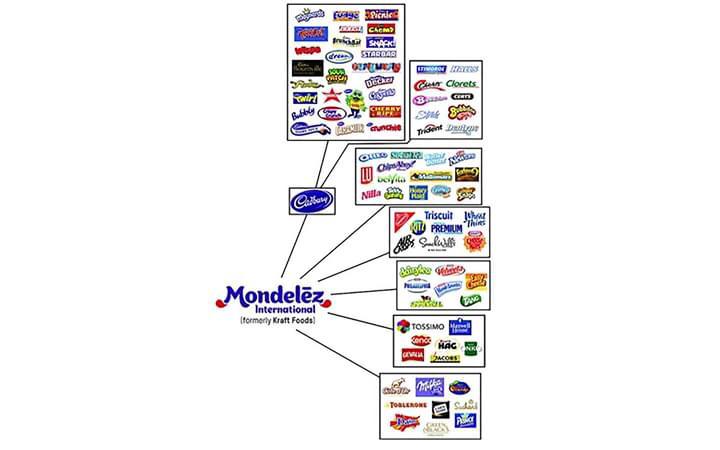
Mondolez, Nestle, Associated Biscuits and Unilever are Rothschild-controlled entities. Pepsico, Coca Cola, Mars, Kellogg’s , Phillip Morris, Kraft Foods, General Milling, Grand Metropolitan-Pillsbury and RJR-Nabisco are part of the Rockefeller Group.
The main alcoholic companies are all within the Rothschild bloc, such as SAB Miller, as well as the groups, such as wine, champagne, whisky, scotch, etc. Most of these premium brands are based in Scotland and France.
Concentration in four food groups
Grains and grain products, milk and dairy products, edible oils and fats, and meat provide the majority of the intake of calories, as well as proteins and vitamins, which keeps the human species alive. Grain and grain products can be consumed as animal feed, and directly for human consumption, sometimes in grain form, but often in a milled form, such as in bread, rotis, and tortillas.
The big six leading grain cartel companies are Cargill (New York), Continental (New York), Paris-based Louis Dreyfus, Brazil and Netherlands-based Bunge and Born, Swiss-based Andre, and US and German-based Archer Daniels Midland/Topfer. The first five of these companies are privately owned and run by billionaire families. They issue no public stock, nor annual report.
They are more secretive than any oil company, bank, or government intelligence agency.
Just two of these companies, Cargill and Continental, control 45-50% of the world’s grain trade.
Domestic Markets
The cartel exercises an iron hand over the domestic agricultural economies of nations, especially those that comprise the four export source regions of the food cartel. This is exercised through the processing industries: If one controls the processing industries, one controls domestic trade.
Except for use as animal feed, corn, wheat and soybean cannot be eaten in their unrefined form. The grain or soybean must be processed. The same is true for meat, which must be slaughtered and cut, before it is fit for human consumption.
This is where the processing/milling industries, in the case of grains and soybeans, and the packing/slaughtering houses, in the case of meat come in. Taking America as the test case, in order to make the case generally, one can see the cartel’s domination is about 90% of milling capacity.
In 1979, the top four millers controlled 41% of the industry. Today, they control 92%!
Finally, four of the six leading grain cartel companies own 64% of America’s grain elevator storage capacity. However, this figure is deceptive. Many of the grain elevators are in local areas, where there is a substantial degree of individual or cooperative ownership.
When one gets to regional grain elevators, the grain cartel’s ownership percentage is much higher. And at ports, where grain is transshipped, the same four grain cartels own 89% of all grain facilities. A farmer must sell his grain either to a grain elevator or, in the rarer case where he can afford transport, to a grain miller.
In either case, it is grain Cartel Company to which he must sell. By this process, the grain cartel sets the price to the farmer – at the lowest levels possible.
Much of their workings are shrouded in mystery, because they release little information to the public. People who have attempted to write books about the grain companies have spent years without getting a single interview from any of the reigning grain company families.
Unlike many American companies, where the founding family has long since departed the scene, such as in the case of Morgan bank or Chrysler Corp., the grain cartel companies are run by the same families that have run them for centuries. The inter-married MacMillan and Cargill families run Cargill; the Fribourg family runs Continental; the Louis Dreyfus family runs Louis Dreyfus; the André family runs André; and the Hirsch and Born families run Bunge and Born.
While evading taxes and inspection, Cargill also uses its network to move large shipments of goods anywhere on the globe, on split-second notice. It has an in-house intelligence service that matches the CIA’s: It uses global communication satellites, weather-sensing satellites, a database that utilizes 7,000 primary sources of intelligence, several hundred field offices, etc.
Cargill is representative of all of the grain companies, and a brief examination of it gives insight into all the others. Cargill, which had $101 billion in annual sales in 2014, has a dominant position in many aspects of the world food trade. It is the worlds and the United States’ number-one grain exporter, and has a market share of 25-30% in each of several commodities.
It is the world’s number-one cotton trader; the number-one U.S. owner of grain elevators (340); the number-one U.S. manufacturer of corn-based, high-protein animal feeds (through subsidiary Nutrena Mills); the number-two U.S. wet corn miller and U.S. soybean crusher; the number-two Argentine grain exporter (10% of market); the number-three U.S. flour miller (18% of market), U.S. meatpacker (18% of market), U.S. pork packer/slaughterer, and U.S. commercial animal feeder; the number-three French grain exporter (15-18% of the market); and the number-six U.S. turkey producer.
It also has a fleet of 420 barges, 11 towboats, 2 huge vessels that sail the Great Lakes, 12 ocean-going ships, 2,000 railroad hopper cars, and 2,000 tank cars. Cargill has been able to place its people in top posts around the world. Today, Cargill Company is privately owned and run by the MacMillan family. The MacMillan family’s collective wealth, sits at $15.1 billion.
The food cartel continues to consolidate its worldwide control in the face of the oncoming financial disintegration. In the past 30 years, the food cartel has bought up many milling-processing plants and bakeries throughout the former Soviet Union and East bloc, bringing these nations under tight food control.
The food cartel has also built up its control, in the food distribution industries, through such combines as Philip Morris, Grand Metropolitan-Pillsbury, and KKR-RJR-Nabisco-Borden; i.e. Philip Morris, which owns Kraft Foods, General Foods (Post cereals), the Miller Brewing Company, and a host of other brand names.
The food cartel’s power must be broken. But the Anglo-Dutch-Swiss-American cartel is playing for high stakes—the ability to constrain the supply of raw materials, and above all, food, to turn back the clock of history, and reduce mankind from the 7 billion population it currently enjoys’ to the state of a few hundred million semi-literate souls scratching out a bare existence. That assault cannot be fought timidly.
The full truth about the food cartel must be known.
Alongside the hyper-speculation in food and related commodities that must be stopped urgently, there is a related feature of the food crisis to be eliminated: the now-extreme globalization of the food chain.
This has come about under the control of a select few commodities and logistics cartels, operating above and against national governments and the interests of their populations. Nations have been forced into dependence on food from hundreds and thousands of miles away; now it isn’t there to be had.
Genocide is an intent of this system, not a side-effect.
Governments and financiers today, prominently including Federal Reserve chairman, is notorious for saying that the current spike in food prices, and the growing shortfalls are simply a result of “increased demand,” i.e., “market forces.”
They are maliciously lying.
What “markets”? The way it works is that these cartel companies’ activities and practices are what is meant when “the markets” are cited.
The companies are, in fact, the hard-product wing of the financial interests; best called the neo-British Empire, and since the late 1940s, joined by the American faction.
Read the full article (this is the second of a 3-part series) at Behind the News Network.
Past articles on Health Impact News that deal with this topic:
YOU the Taxpayer are Funding the Agri Business Takeover of our Food Supply
The collapse of native Iraqi agriculture, and the prosper of US Biotech and GMOs in Iraq
The Real Cause of Revolution in the Middle East? Food Subsidies can no longer Provide Cheap Bread
Comment on this article at HealthImpactNews.com.
This article was written by Human Superior Intelligence (HSI)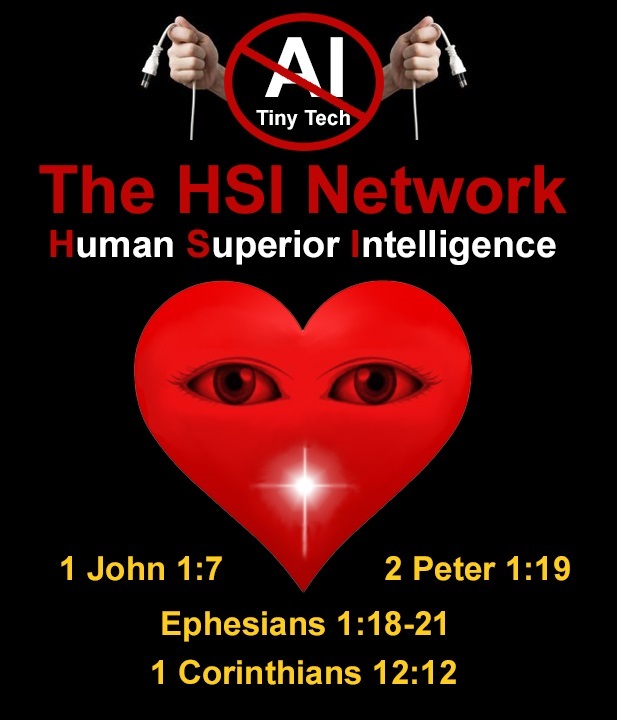
See Also:
Understand the Times We are Currently Living Through
The Demonic Roots of Christianity: The Christians Jesus Said He Hated
Who are God’s “Chosen People”?
Life in the Spirit versus the Religious Life in the Flesh
KABBALAH: The Anti-Christ Religion of Satan that Controls the World Today
Christian Teaching on Sex and Marriage vs. The Actual Biblical Teaching
Exposing the Christian Zionism Cult
The Bewitching of America with the Evil Eye and the Mark of the Beast
Jesus Christ’s Opposition to the Jewish State: Lessons for Today
Identifying the Luciferian Globalists Implementing the New World Order – Who are the “Jews”?
The Brain Myth: Your Intellect and Thoughts Originate in Your Heart, Not Your Brain
The Seal and Mark of God is Far More Important than the “Mark of the Beast” – Are You Prepared for What’s Coming?
The Satanic Roots to Modern Medicine – The Image of the Beast?
Medicine: Idolatry in the Twenty First Century – 10-Year-Old Article More Relevant Today than the Day it was Written
Having problems receiving our emails? See:
How to Beat Internet Censorship and Create Your Own Newsfeed
We Are Now on Telegram. Video channels at Bitchute, and Odysee.
If our website is seized and shut down, find us on Telegram, as well as Bitchute and Odysee for further instructions about where to find us.
If you use the TOR Onion browser, here are the links and corresponding URLs to use in the TOR browser to find us on the Dark Web: Health Impact News, Vaccine Impact, Medical Kidnap, Created4Health, CoconutOil.com.
Leaving a lucrative career as a nephrologist (kidney doctor), Dr. Suzanne Humphries is now free to actually help cure people.
In this autobiography she explains why good doctors are constrained within the current corrupt medical system from practicing real, ethical medicine.
One of the sane voices when it comes to examining the science behind modern-day vaccines, no pro-vaccine extremist doctors have ever dared to debate her in public.
-
Book – The Vaccine Court, by Wayne Rohde – 240 pages
“The Dark Truth of America’s Vaccine Injury Compensation Program”
FREE Shipping Available!
ORDER HERE!




